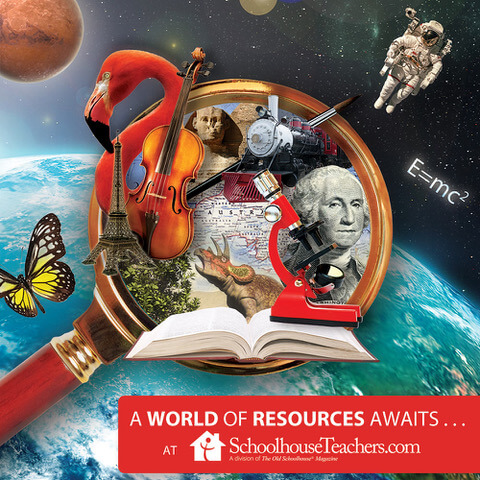Winter Skywatching
Homeschool astronomy is a very interesting and fun family unit lesson. The Leonid meteor shower occurs every year in November. Dark skies away from light pollution—such as state parks—abound in rural Virginia. Just after midnight on Friday, November 18, 2022 the Leonid meteor shower will reach its peak visibility, offering the perfect opportunity to explore homeschool astronomy and enjoy some winter skywatching fun. Check out this Homeschool Living for tips on viewing the meteor shower and great resources for incorporating stars, comets, and meteors into a fun winter unit study.
Why do a winter skywatching unit study? Winter is a great time for a homeschool astronomy lesson because winter skies are especially conducive to stargazing. Cold air doesn’t hold as much moisture as the warm, humid summer, so clear nights are REALLY clear. Earlier nightfall also makes it easier to observe the skies without having to wait until 10pm for the sky to be fully dark.
This simple experiment uses a few common household items to explore meteor impacts. This is also an excellent experiment to practice using a lab notebook to record data from your experiments. (Click through the series of tabs.)
The Leonid meteors are formed from bits of debris from the comet Tempel-Tuttle. You can create a model comet out of dry ice—complete with shooting jets–to explore the construction of a comet and allow students to make observations, discuss changing states of matter and demonstrate measuring skills. (Be sure to follow the instructions and safety tips, as dry ice can cause burns if not handled properly.)
Homeschool Astronomy Fun
While you’re out watching for the meteors, take advantage of your vantage point and see which constellations you can pick out. This comprehensive constellation chart includes maps of the night sky in both the northern and southern hemispheres, as well as detailed information about each of the 88 constellations, such as their locations, their introduction as a constellation, and the stories and myths associated with many of their names. You can also learn about various stars, asterisms, meteor showers—including the upcoming Leonid—and other deep space objects. (I spent a couple of hours exploring this website and didn’t make a dent in the wealth of information available!)
If the recent “blood moon” eclipse sparked an interest in lunar skywatching, check out this Homeschool Living for some great resources and ideas for a moon unit study to incorporate into your winter skywatching activities.









